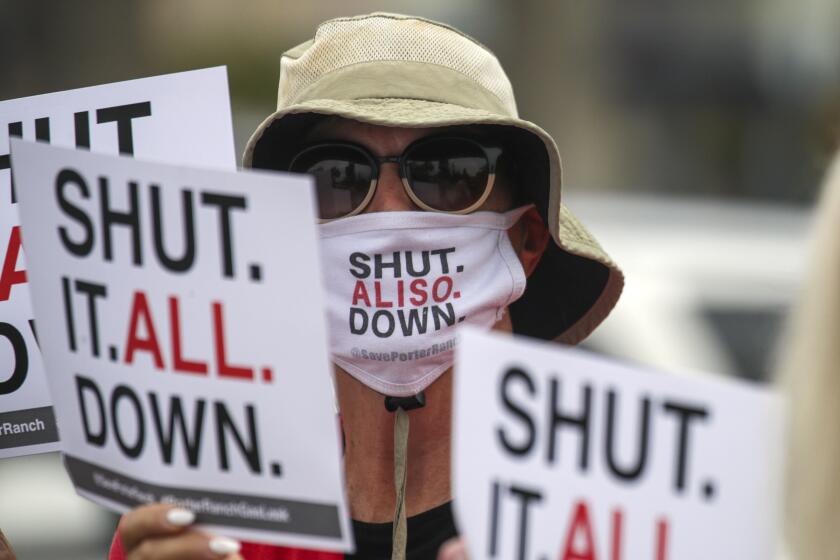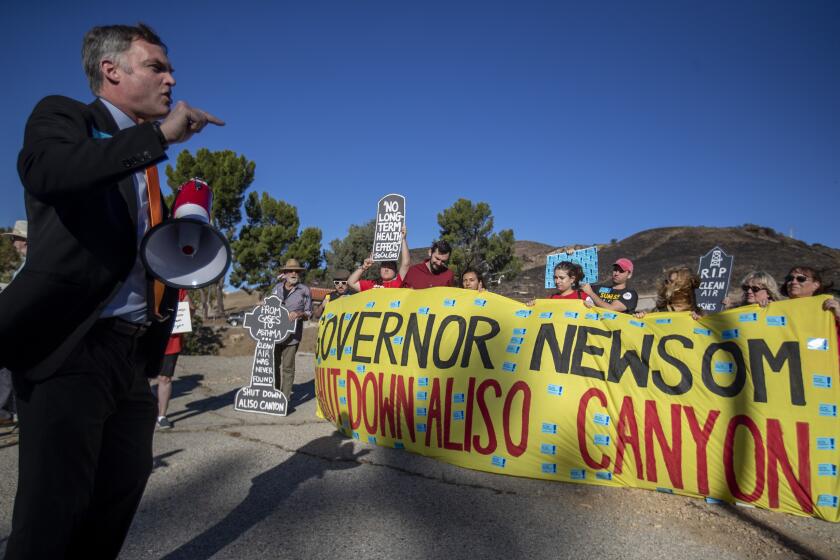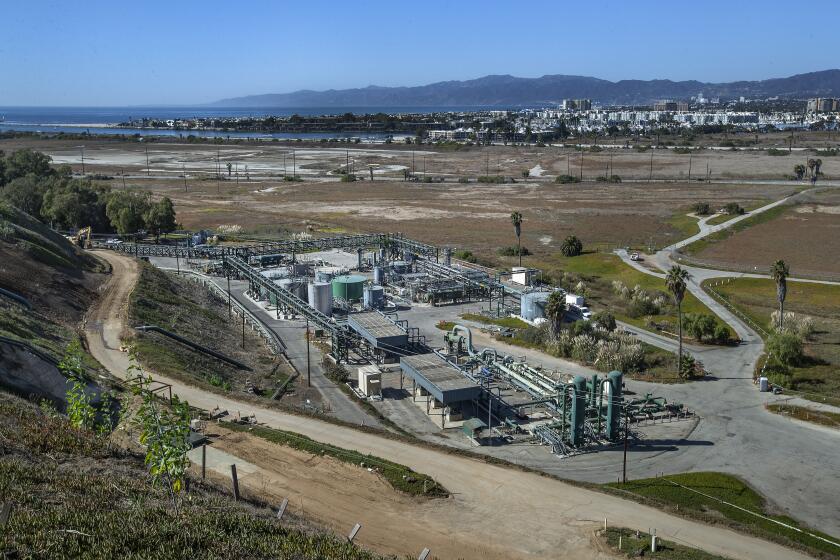Halliburton failed to stop a massive gas leak. Now it claims key evidence was stolen

- Share via
When a ruptured well at Aliso Canyon started spewing toxic chemicals and heat-trapping methane gas — sickening local families and adding to the climate crisis — Southern California Gas Co. turned to another fossil-fuel giant to help stop the bleeding.
SoCalGas hired Boots & Coots, a well-control company owned by the Houston oil services giant Halliburton, to get the blowout under control. The company tried and failed six times to kill the faulty well. The leak lasted nearly four months.
What went wrong? Many things — one of which was the Halliburton subsidiary’s failure to use computer modeling to design most of its attempts to kill the well, according to an independent analysis ordered by state officials. Rather than stop the leak, “each kill attempt caused additional damage to the wellhead and well site,” the analysis by Blade Energy Partners found.
But Boots & Coots recently began saying that it actually did run models — they just can’t be examined by investigators because the only copies were on a single computer that got stolen from an employee’s truck in a Best Buy parking lot.
Those claims, which have not previously been reported, could help SoCalGas avoid some of the financial liability it might otherwise face for the Aliso Canyon leak. Monopoly utilities are responsible for the work of their contractors, meaning if Boots & Coots did, in fact, conduct modeling, that’s one less potential mistake for which gas company shareholders could face penalties.
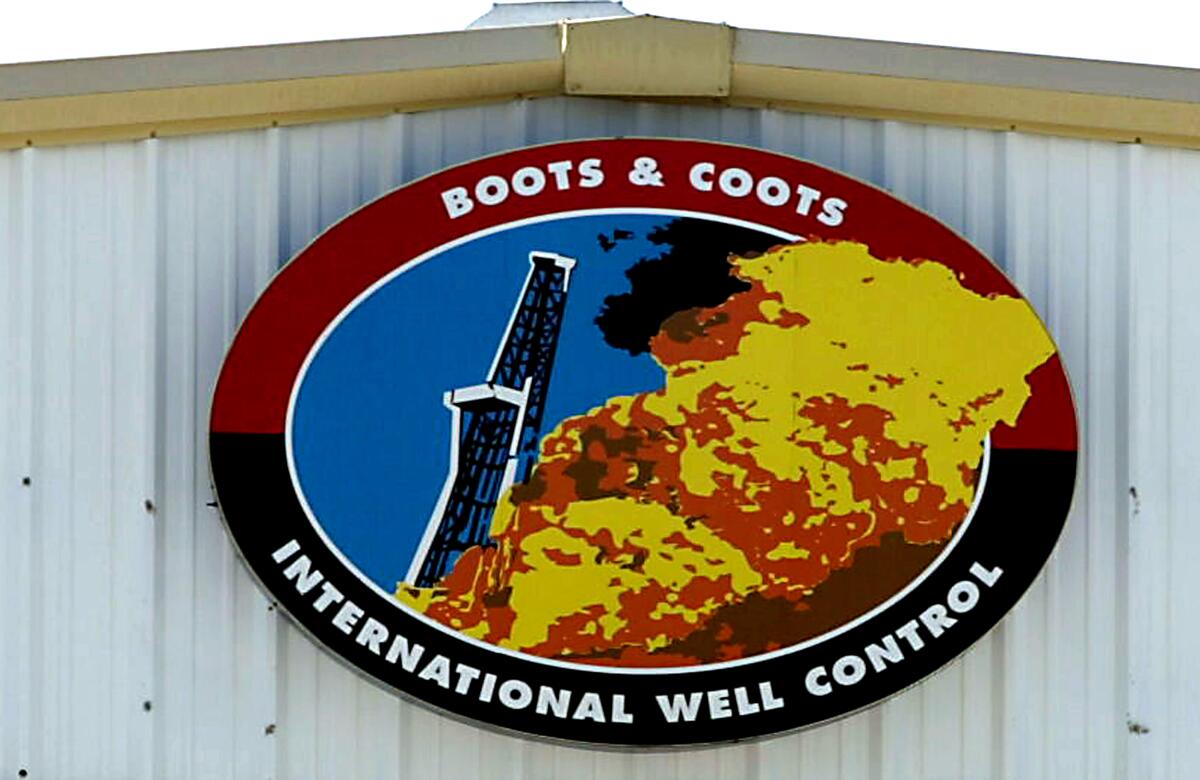
But a state agency has questioned whether modeling really was conducted — and if so, if it really was stolen.
California’s Public Advocates Office argued in a recent regulatory filing that it needs to better understand “how all evidence of the well kill modeling ... could be retained on only one laptop and then ‘lost’ on December 26, 2015, with no admission of this loss for years, and with no effort made to recover or re-create the information in the immediate aftermath of the theft.”
SoCalGas should be ordered to explain “what [it] knew about the allegedly stolen laptop, and whether [it] made any attempts to recover the evidence of the transient modeling that [it] claims was performed,” the consumer watchdog wrote.
The Public Advocates Office also questioned whether the Halliburton subsidiary “may have intentionally destroyed the well kill modeling evidence,” and if so, “whether it was done with SoCalGas’ expectation, knowledge or even endorsement.”
Support our journalism
Your support helps us deliver the news that matters most. Subscribe to the Los Angeles Times.
The consumer watchdog didn’t offer evidence to back up that speculation. But it pointed out that Halliburton pleaded guilty to destroying evidence after the Deepwater Horizon explosion and oil spill in the Gulf of Mexico. The company admitted it destroyed computer models that may have led to heightened scrutiny of its cement work on the offshore rig before the 2010 disaster.
“SoCalGas knew or should have known of Halliburton’s documented criminal history of destroying evidence,” the Public Advocates Office wrote — especially because Debra Reed-Klages, who was chief executive of SoCalGas parent company Sempra Energy during the Aliso Canyon leak, was also a member of Halliburton’s board of directors at the time.
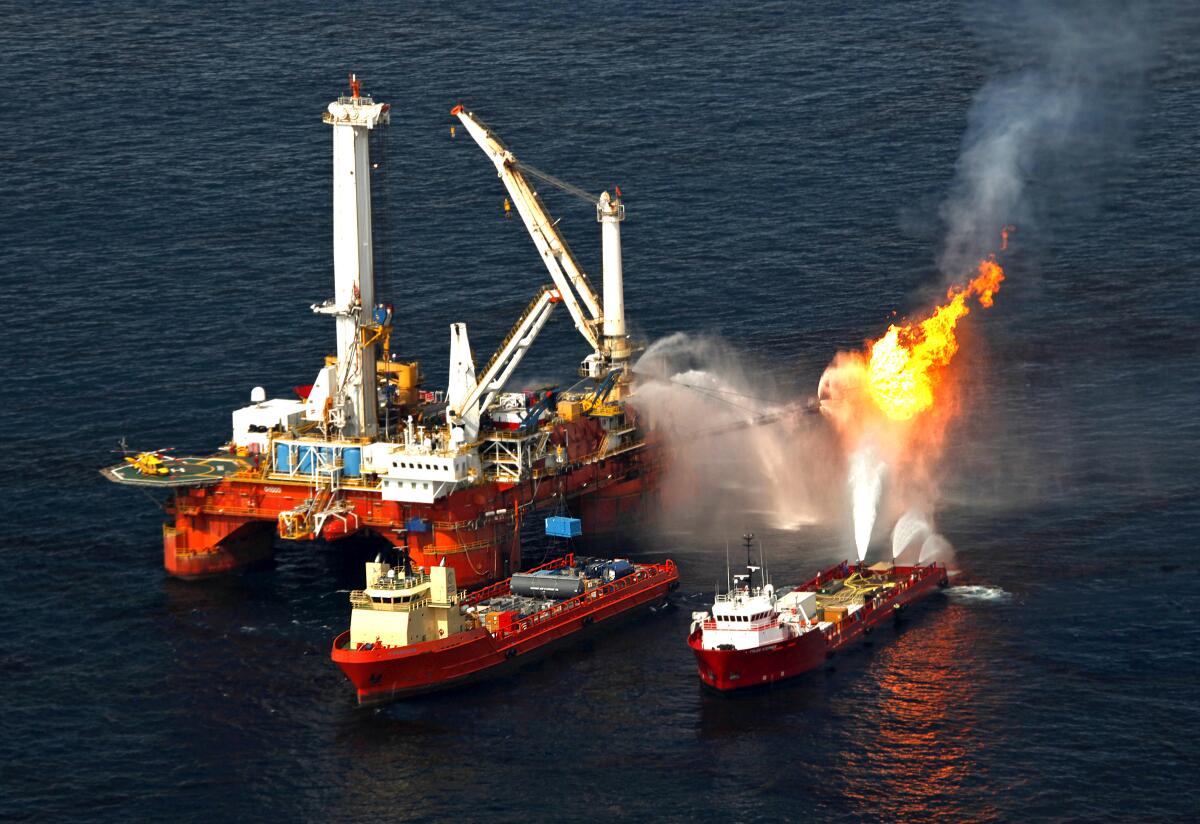
Halliburton spokesperson Emily Mir largely declined to answer questions from The Times, saying in an email that although Boots & Coots “complies with lawful legal process, it does not comment on pending legal proceedings.”
Mir also said Deepwater Horizon “has nothing to do with the Aliso Canyon natural gas storage facility, and any suggestion relating one to the other is wholly inaccurate and misleading.”
SoCalGas described the wrangling over the missing modeling as a procedural dispute typical of the California Public Utilities Commission, which is investigating the Aliso Canyon leak. The Public Advocates Office is an independent arm of that commission.
“It is not unusual for disagreements between parties to arise during proceedings, and the Aliso Canyon Order Instituting Investigation is no exception,” gas company spokesperson Christine Detz said in an email. “SoCalGas continues to engage in good faith, including responding to timely data requests, and we look forward to the ultimate resolution of this matter.”
The Public Utilities Commission still hasn’t decided whether to fine or otherwise penalize SoCalGas for the Aliso Canyon blowout, six years after the fact. It was the worst methane leak in U.S. history. More than 100,000 tons of the heat-trapping gas escaped the underground storage field, along with cancer-causing benzene, oil residue and other potentially harmful chemicals.
Thousands of families in the northwest San Fernando Valley fled their homes. Many residents of L.A.’s Porter Ranch neighborhood say the full extent of the damage to their health is still far from clear, and they won’t feel safe until Aliso Canyon is shut down.
A $1.8-billion settlement over the 2015 gas leak has relieved some residents, but many still seek answers about the consequences to their health.
SoCalGas argues the storage field is crucial for meeting local energy demand, including home heating in the winter. The company has fought California’s efforts to phase out fossil fuels, which threaten its business as the nation’s largest natural gas utility.
When the Public Utilities Commission voted last month to raise the limit on gas storage at Aliso Canyon, frustrated climate activists said it’s long past time for Gov. Gavin Newsom to live up to his climate promises and start phasing out fossil fuels.
“Is Newsom giving the green light to do all this stuff? Does he even have a clue?” asked Alexandra Nagy, California director of the environmental group Food & Water Watch. “He makes these grand sweeping statements. And here we are again.”
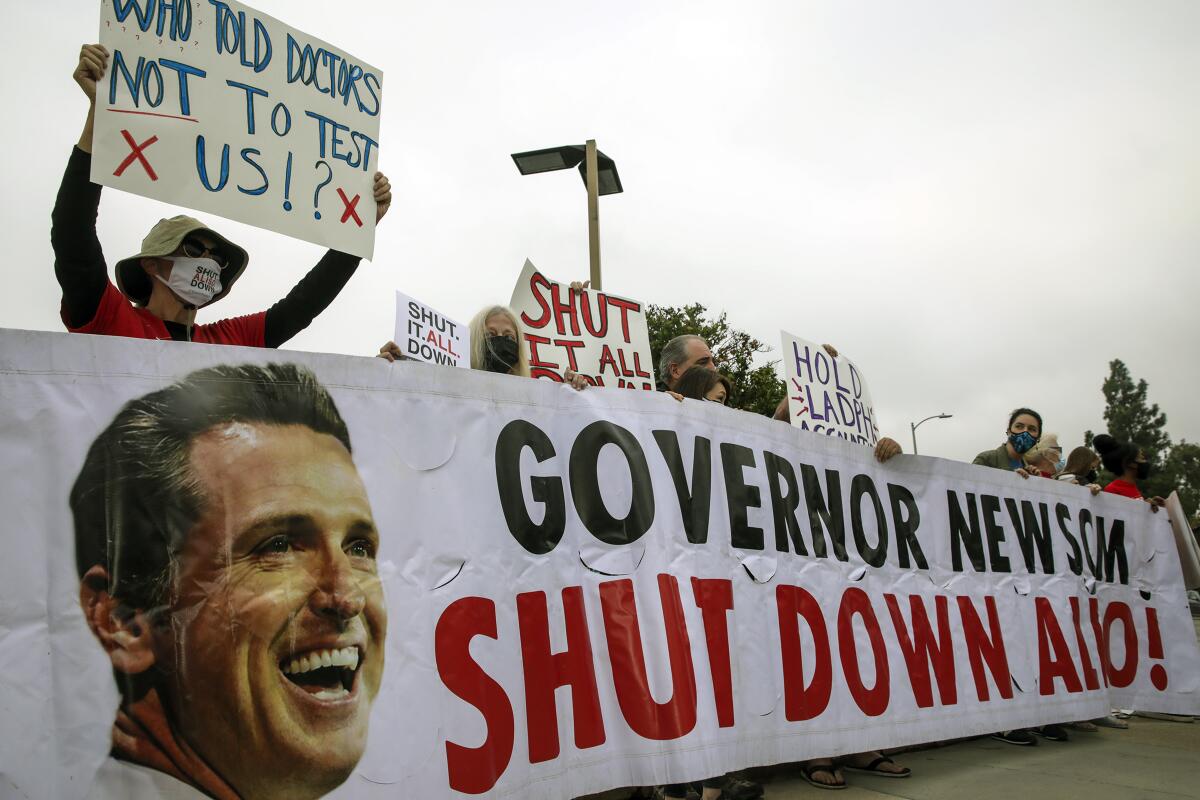
The stolen laptop
State officials in 2016 chose Blade Energy Partners, a Texas consulting firm, to investigate the Aliso Canyon leak.
Blade blamed the blowout on a faulty well casing that ruptured due to corrosion caused by contact with groundwater. The firm found that SoCalGas “did not conduct detailed follow-up inspections or analyses after previous leaks” and “lacked any form of risk assessment focused on well integrity management,” according to a Public Utilities Commission summary of its findings.
Blade also concluded that the first five kill attempts conducted by Boots & Coots — which involved pumping fluid into the ruptured well to try to stop gas from flowing out — “failed because the kill fluids used were not dense enough.”
That failure could have been avoided if the Halliburton subsidiary had used models to design its kill attempts, Blade suggested.
Kill modeling involves taking the best available data — including how quickly gas is flowing out and the physical condition of the well — and plugging it into a computer program, then simulating what parameters are most likely to stop the leak. Well-control companies can alter how much kill fluid they pump into a well, the density of the fluid and how quickly they pump.
Modeling “is necessary to properly plan a kill operation where early success in killing the well is of high importance,” Blade wrote.
But as far as Blade knew, Boots & Coots didn’t use models at Aliso Canyon. Blade told state officials that it raised the subject of modeling “many times” with SoCalGas during the several years it worked on its analysis, and requested a meeting with Boots & Coots to discuss their kill attempts. But that meeting never occurred, and SoCalGas never said anything about modeling.
“There was no evidence provided to Blade that kill modeling or other analytical approaches were undertaken,” the firm said.
The company cited the COVID-19 pandemic, but state officials denied the request. Aliso was the site of the largest gas leak in U.S. history.
But in February 2020, four years after the blowout, a Boots & Coots employee said he had, in fact, used models at Aliso Canyon.
At a deposition in Houston, a lawyer representing gas leak victims asked Boots & Coots engineer Daniel Walzel whether he had conducted modeling to design the company’s kill attempts. Walzel said he had, using the computer program Drillbench.
But when the lawyer asked where to find that modeling, Walzel replied, “I don’t have it anymore.” When he returned to Houston after finishing his work at Aliso Canyon in December 2015, Walzel said, his laptop was stolen out of his pickup truck.
“My whole computer bag. Passports, everything,” he said, according to a transcript of the deposition.
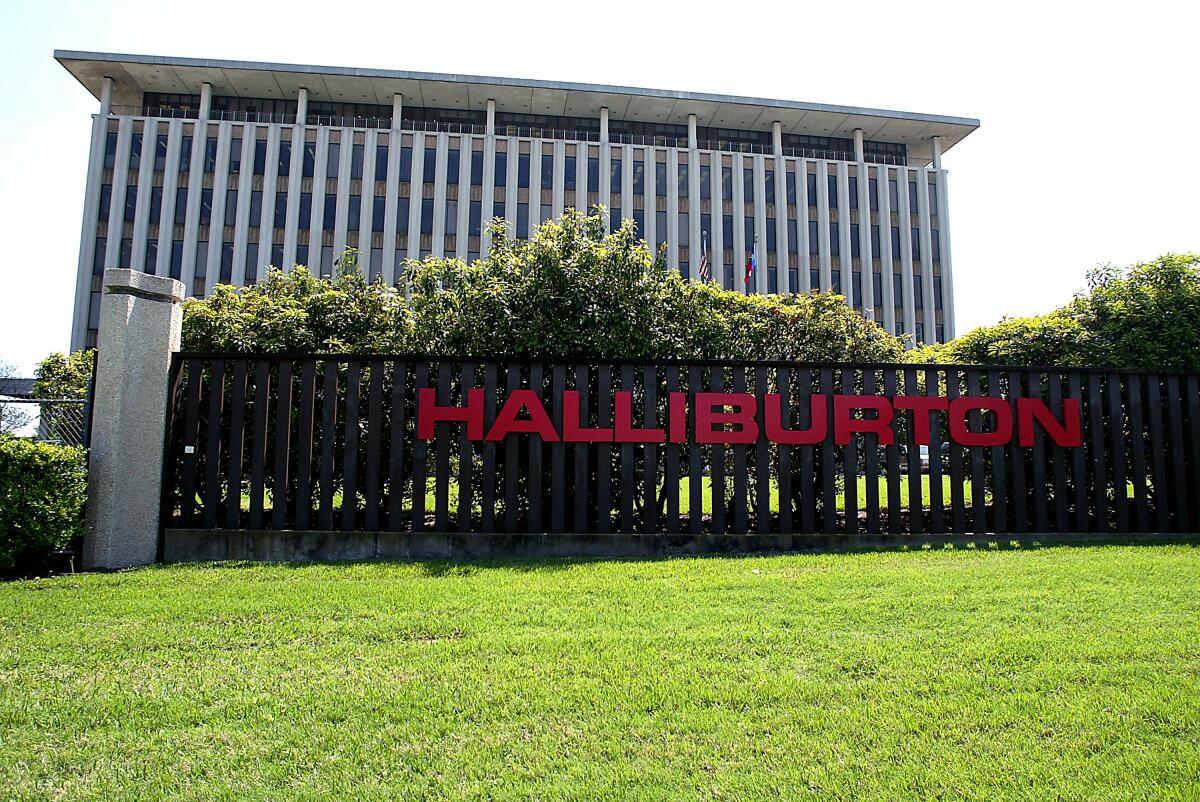
Later in the deposition, another attorney pressed Walzel for more details on the missing modeling. “Did you ever at any point save it to a Boots & Coots server or a system or somewhere where it could be accessed by others?” the attorney asked.
“No,” Walzel responded.
“So the modeling that you did was solely available, to your understanding, from your laptop?” the attorney asked.
“Yes, sir,” he said.
A Houston police report dated Dec. 26, 2015, confirms Walzel’s account of a laptop stolen from a pickup truck.
R. Rex Parris, one of the attorneys who helped win a $1.8-billion settlement from SoCalGas for blowout victims, said it’s “absolutely absurd” that the only copies of the modeling would have been on a single laptop. He compared that claim to other examples he said he’s seen of the gas company and its collaborators trying to hide their culpability.
“They did an incredible job trying to cover up evidence, but there was just too much evidence to cover up,” Parris said.
Walzel, who no longer works at the Halliburton subsidiary, had answered questions about the company’s Aliso Canyon well-kill efforts once before, in a 2018 session under oath with Public Utilities Commission lawyers. He did not mention modeling.
“I felt confident every time we pumped that we were going to kill the well,” Walzel’s co-worker James Kopecky said at the time.
SoCalGas’ Playa del Rey storage field may pose a far greater threat than Aliso Canyon, site of a record-setting gas leak.
Hundreds of alleged violations
The Public Utilities Commission’s Aliso Canyon investigation is sort of like a court case, with the agency’s Safety and Enforcement Division as prosecutor and SoCalGas as defendant. Administrative law judges rule on motions and will eventually recommend to the five commissioners — who are appointed by the governor — whether to fine SoCalGas, and if so how much.
The safety division has charged SoCalGas with hundreds of regulatory violations. One of those alleged violations, No. 79, blames SoCalGas for Boots’ & Coots’ repeated failure to kill the well “due to lack of proper modelling,” citing the Blade report.
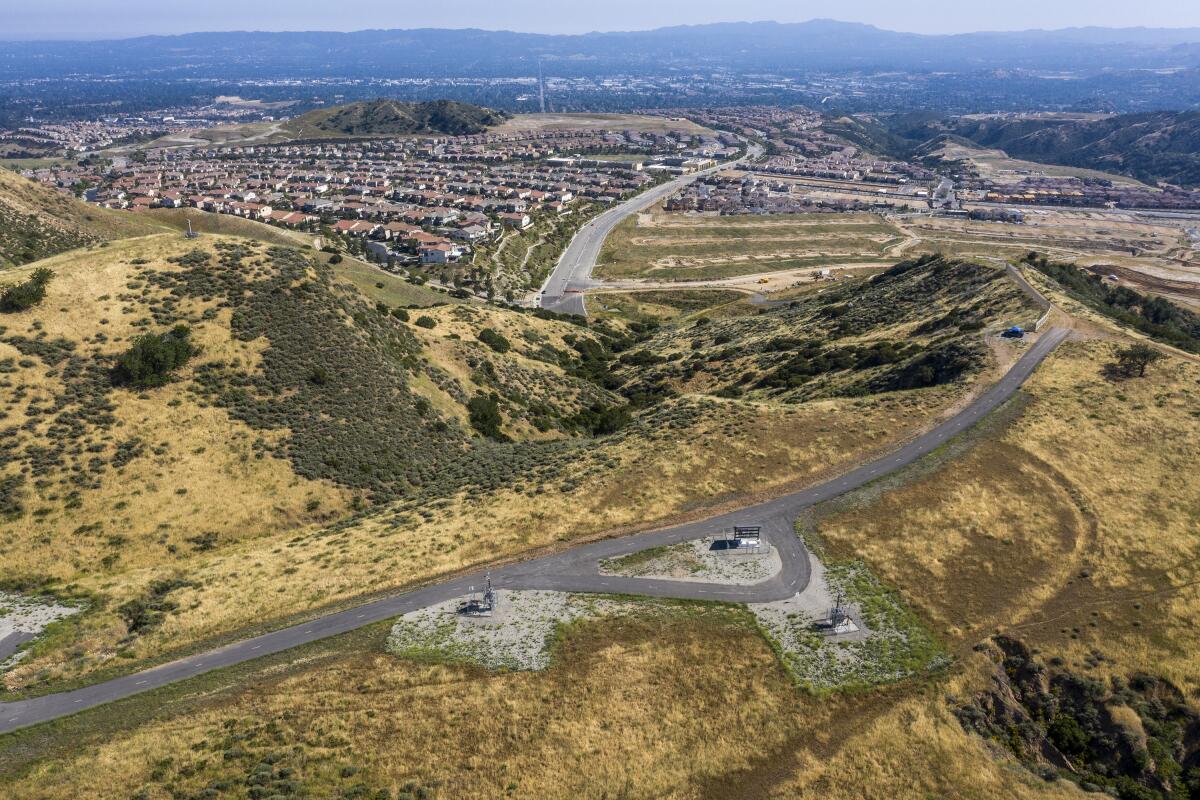
SoCalGas filed testimony last year to rebut the alleged violation, saying it first learned the details of Boots & Coots’ well-kill modeling from Walzel’s deposition. Although SoCalGas executives — including Bret Lane, who was CEO at the time — knew during the blowout that well-kill models were being used, they were “not aware during this period that Mr. Walzel’s modeling analysis specifically consisted of ‘transient’ modeling,” which is more complex than other types of modeling, the company wrote.
The gas company cited the testimony of a well-control expert, William Abel, who wrote that although transient modeling “may be useful in certain instances, it is not well-accepted industry practice for all well control efforts.” Out of more than 500 well kills he’s participated in, Abel said, “I have never relied on transient kill modeling” for an effort like the one at Aliso Canyon.
But Rodger Schwecke, the gas company’s chief infrastructure officer, said at a utilities commission hearing in May that transient modeling “is why you bring in an expert like Boots & Coots, because they have that capability to run that transient model.”
Schwecke later reiterated the company line, saying he first learned about the transient modeling from Walzel’s deposition.
Your guide to our clean energy future
Get our Boiling Point newsletter for the latest on the power sector, water wars and more — and what they mean for California.
You may occasionally receive promotional content from the Los Angeles Times.
The Public Advocates Office has tried to get Boots & Coots to answer more questions under oath, to no avail. The Halliburton subsidiary sought protection in a Texas court, where a judge ruled California’s utilities commission can’t compel its testimony.
It’s also been nearly four years since the commission’s Safety and Enforcement Division asked SoCalGas to provide copies of its communications with Boots & Coots, and a year since the safety division requested that the gas company and its lawyers be sanctioned for refusing to turn over some of those communications, saying they’re protected by attorney-client privilege.
SoCalGas says it has withheld only a handful of emails, calling the safety division’s demands “procedurally improper” and “frivolous.” The commission hasn’t ruled on the request for sanctions or ordered the company to turn over more communications.
The gas company tried and failed this year to have many of the alleged violations dismissed, arguing that the safety division “ignores the fact that SoCalGas was operating the Aliso Canyon facility in compliance with applicable law and consistent with any contemporaneous industry standards.” The safety division “relies almost exclusively” on Blade’s findings even though none of the firm’s recommendations “were required by statute, regulations or industry standards at the time,” the gas company wrote.
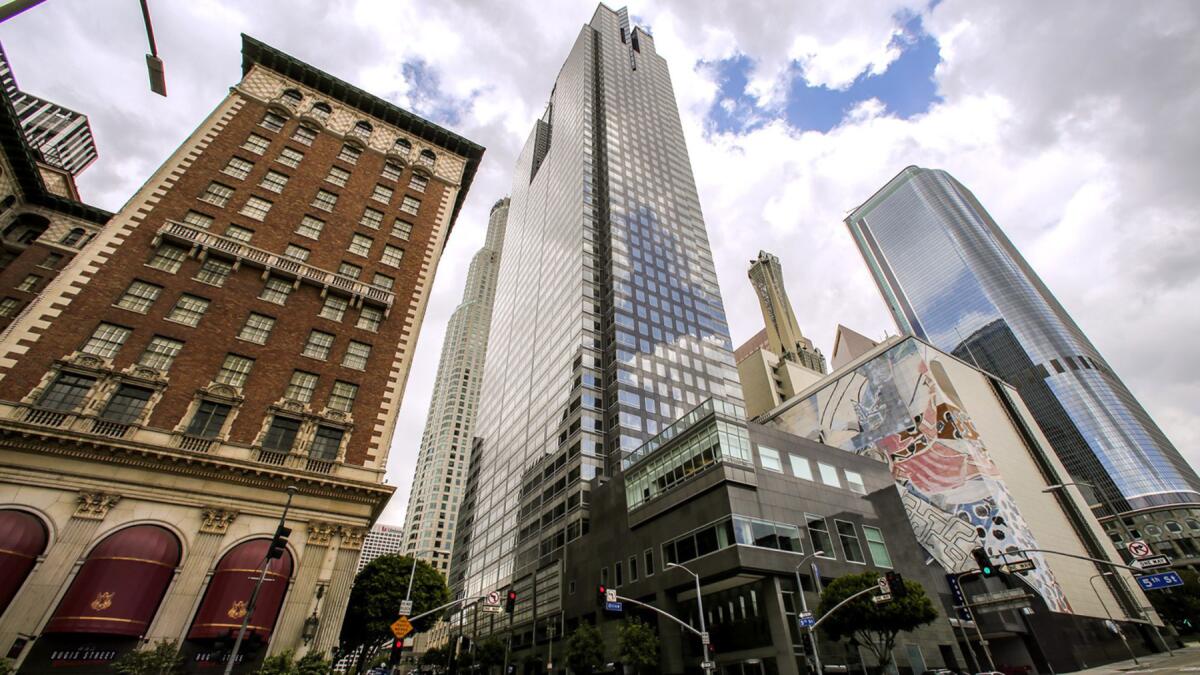
SoCalGas says it’s the prosecution that won’t turn over evidence, arguing the safety division has repeatedly withheld documents important to the company’s defense. When administrative law judges ordered the safety division last month to turn over drafts of a staff report prepared during its investigation, the division replied that it had searched for the drafts but couldn’t find them.
SoCalGas has also objected to the safety division’s reliance on Blade, and questioned Blade’s finding that Boots & Coots could have killed the well with better modeling. The gas company pointed to testimony from the safety division’s star witness seeming to agree with a Lawrence Berkeley National Laboratory study that found the well couldn’t have been killed with normal procedures.
“It is one thing for Blade to employ transient modeling to hypothesize that Boots & Coots could have stopped the leak sooner. It is quite another to deem the same modeling was required by SoCalGas and its expert contractor while the unprecedented event was taking place and based on what SoCalGas knew at the time,” the gas company wrote.
Will SoCalGas face penalties?
Boots & Coots tried one last time to stop the leak on Dec. 22, 2015, after Walzel left the Aliso Canyon site. The Halliburton subsidiary produced documents showing definitively that an employee in Houston did run computer models this time.
But this sixth and final attempt had to be halted prematurely for safety reasons, in part because earlier failed kills had damaged the well and the surrounding area, according to Blade. It might have succeeded otherwise, the consulting firm wrote.
SoCalGas ended up drilling a relief well, a more expensive solution that involved intercepting the damaged well deep below ground and pumping fluid and cement into it. Officials confirmed the leak was plugged on Feb. 18, 2016 — 118 days after it began.
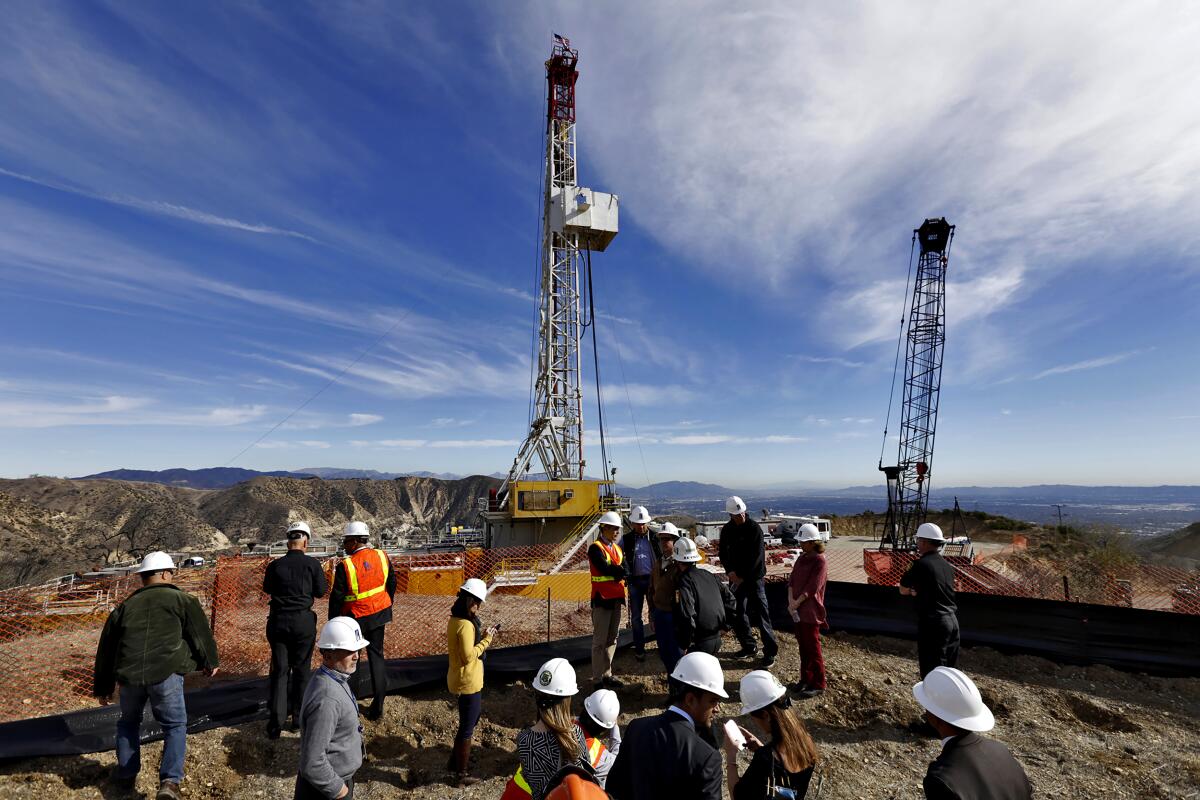
The commission’s safety division says SoCalGas shareholders should be required to pay for most of the failed kill attempts. Otherwise, SoCalGas could charge those costs to customers through higher bills. The safety division also wants shareholders to shoulder the costs of the relief well because it wouldn’t have been needed if Boots & Coots’ first kill attempt had succeeded.
Although SoCalGas wouldn’t say how much money it spent trying to plug the well, corporate parent Sempra recently estimated that the leak would ultimately cost the company $3.2 billion, including the recent $1.8-billion civil settlement. Sempra cautioned that this number “may increase significantly” and that the estimate doesn’t include potential government penalties.
Any penalties “could cause significant reputational damage,” Sempra warned this year.
Last year, the Public Utilities Commission fined Pacific Gas & Electric a record $1.9 billion for sparking some of the worst wildfires in state history, including the Camp fire, which killed 85 people.
Southern California Gas will pay up to $1.8 billion to victims of a methane blowout. But the story isn’t over.
The commission is also studying what it would take to shut down Aliso Canyon and replace it with clean energy. But critics say the nearly 5-year-old study has dragged on far too long, despite Newsom once saying he wanted to “fast track” Aliso’s closure.
The governor has significant sway over the commission, if he wants to use it — especially now, with two of the five seats changing hands. Newsom announced last month he would appoint Alice Reynolds, his energy advisor, as the commission’s president. He’ll have another appointment soon, with Martha Guzman Aceves leaving the agency to join the Biden administration.
Newsom spokesperson Erin Mellon said in an email that the governor “believes strongly that we need to move to clean energy while also maintaining energy reliability” and has directed the commission to “identify long-term alternatives to Aliso.”
The Legislature could weigh in too. State Sen. Henry Stern, a Democrat whose district includes Porter Ranch, says he’ll introduce a bill next year aimed at closing Aliso Canyon by 2023. Although the details are still being worked out, Stern’s plan would include investments in several clean energy options, including electric heat pumps to replace gas furnaces in homes and businesses.
Speaking to reporters and activists this month, Stern suggested the state needs to crack down on SoCalGas.
“Make no mistake, this is a powerful company in a powerful industry,” he said. “But they can be held accountable.”
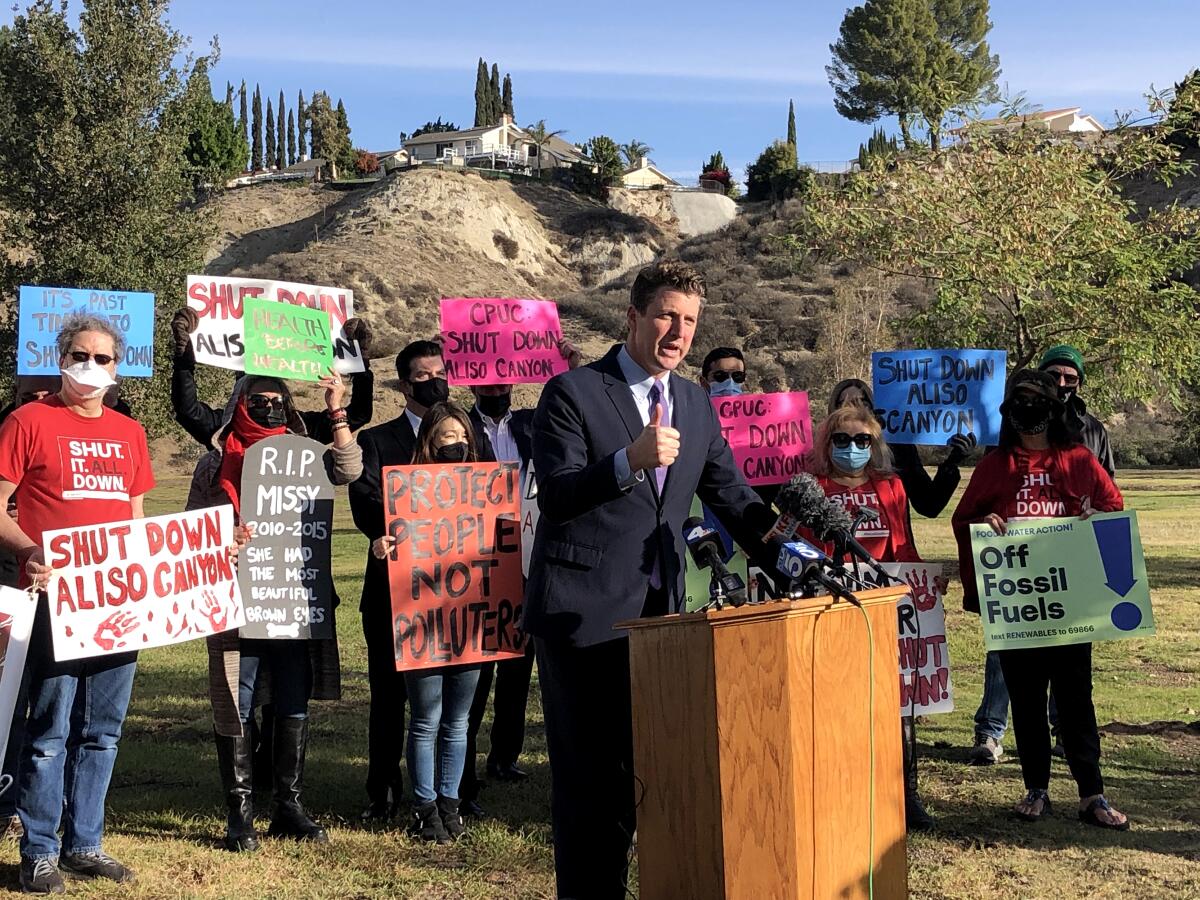
More to Read
Inside the business of entertainment
The Wide Shot brings you news, analysis and insights on everything from streaming wars to production — and what it all means for the future.
You may occasionally receive promotional content from the Los Angeles Times.
